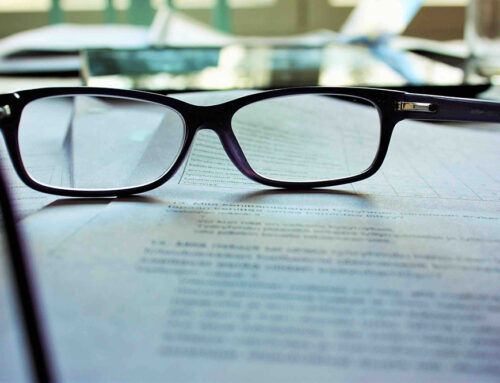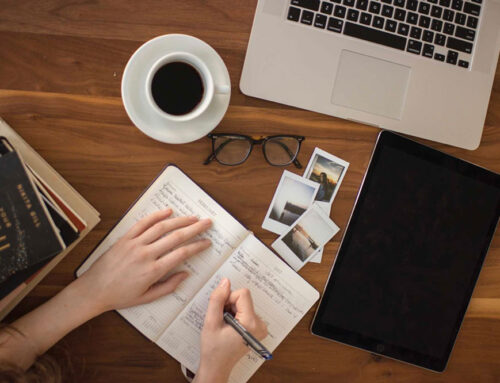
Like fashion, trends in the internal design and layout of books go through phases and some of the recent trends are not translating from print to ebook typesetting.
One of the trends we are currently seeing for books, especially nonfiction business or self-help books is for them to be heavily styled. Using beautiful script fonts and large type sizes for chapter openers, styled quotes outside the text margins and break-out boxes are some of the common themes.
 In printed books, this can greatly enhance the visual aesthetics of the overall reading experience. But this layout does not translate well into your standard digital book. Standard reflowable epub and Mobi files have been designed for straightforward text, suited for novels and simple layouts.
In printed books, this can greatly enhance the visual aesthetics of the overall reading experience. But this layout does not translate well into your standard digital book. Standard reflowable epub and Mobi files have been designed for straightforward text, suited for novels and simple layouts.
What we are hearing from our clients and other authors is ‘Why doesn’t my ebook look like my printed book?’
This is a list of characteristics that epub will not allow for and some of the reasons why your printed book and ebook do not appear the same:
- Flowery fonts/scripts default to a serif font.
- Free floating text boxes are very difficult to control where they will appear in the epub.
- Anything placed outside the text margins will not work.
- Drop caps can be hit and miss with how they appear.
- Tabs do not work; these are converted to a single space.
- Columns do not work; these are converted to a single column.
What does work:
- Bullet points
- Lists
- Tables are ok but require careful formatting
When we commence formatting manuscripts we take epub conversion into consideration and set the files up as best as possible to avoid problems when creating the digital files. But there are times when no amount of preplanning eliminates these issues. What can happen is you end up creating an ugly ebook, one that has no reflection on the design so carefully created.
In some instances, the visual look of the book is paramount to the story and the author will choose to go with a fixed layout ebook. This doesn’t solve all issues as fixed layout effects the reader experience and their ability to adjust the file to suit their reading requirements.
In other circumstances, two files are created. One for the heavily styled printed book and another more straightforward file for the ebook. The ebook will not look like it’s beautiful cousin, the print book but will be visually easy to read on a device.
Working with a designer who understands the ins and outs of creating both print and digital files should eliminate some of these issues. If you are unsure ask your designer how the layout will function in the digital space.





